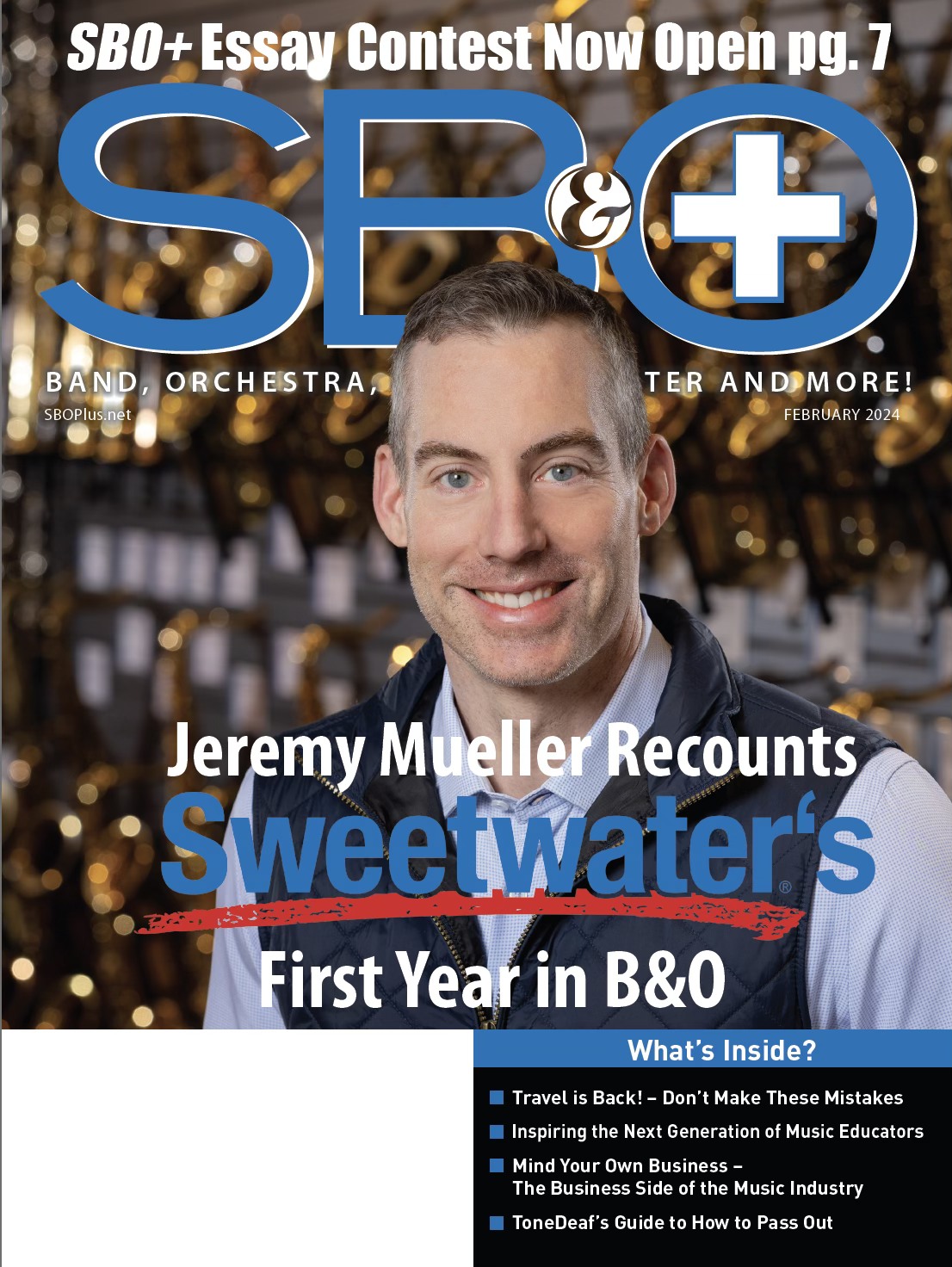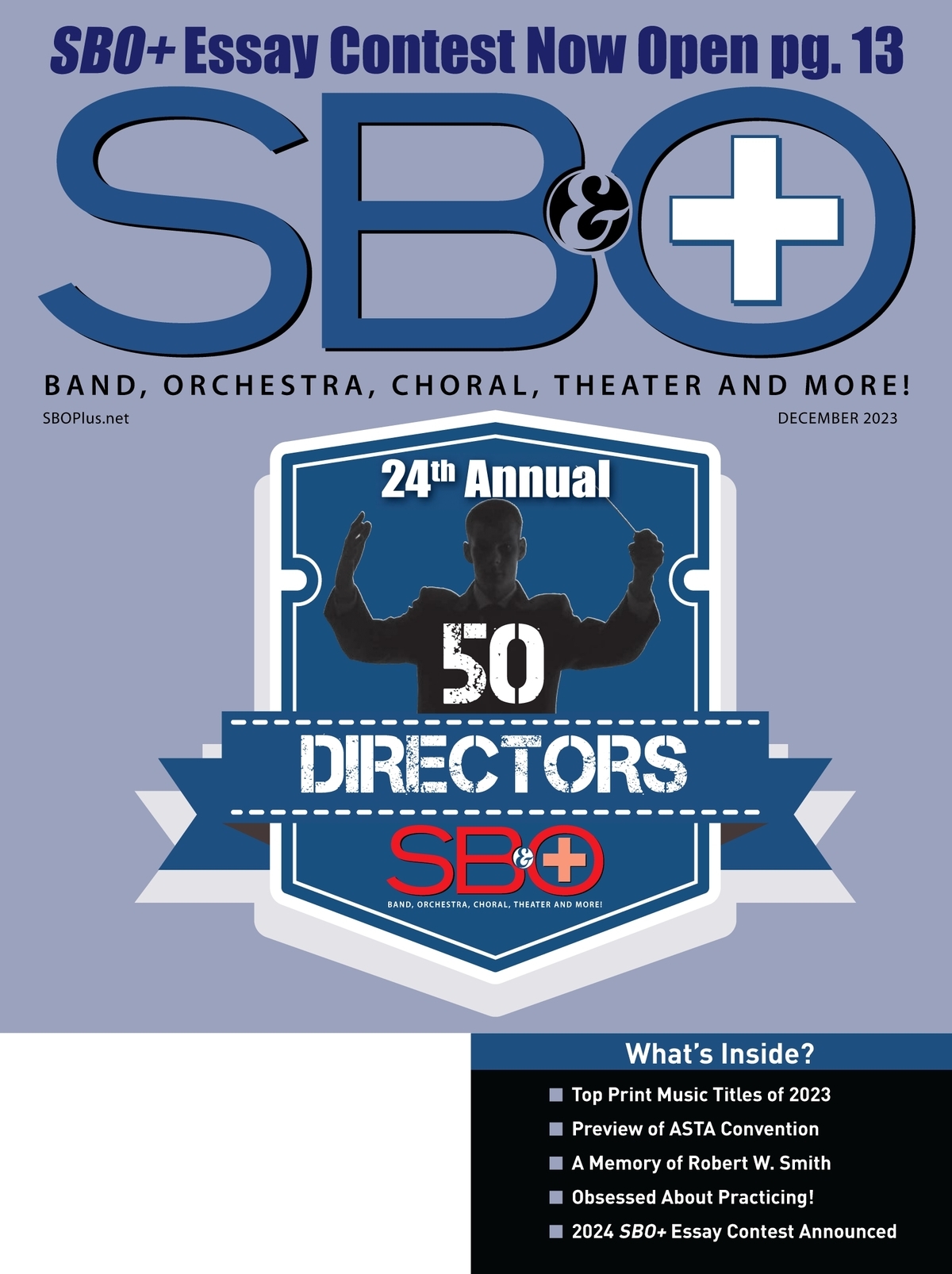EDUCATORS SUBSCRIBE FOR AS LOW AS $0.00! CLICK HERE!
There is no doubt that our schools are facing a budget crisis; virtually 100 percent of the nation’s schools are currently up against the same problem. But any crisis is also a potential opportunity. In this case, the opportunity is for school boards and administrators to take a fresh look at our educational goals, educational policies, and educational practices, and to re-evaluate what is truly important and what is not, to decide what truly works and what does not. And then, it’s an opportunity to find new and creative ways to ensure the best possible education for our children. In some cases, it’s even an opportunity to reassess and re-define what comprises “the best possible education for our children.”
What is it we want our children to learn in school? We see many straight-A students unable to correlate their knowledge to real-life experiences, unable to adapt to our changing and sometimes scary world. So, we look for ways to make our children’s education “relevant.” Technology is “relevant,” math and science are “relevant,” we say. But then, the nation’s top companies say that the characteristics they desire most in future employees, the skills they consider most relevant to real-world success, are well-developed communication and interpersonal skills, a willingness to work to achieve excellence, and the ability to solve problems in creative and flexible ways in other words, a totally different skill set.
Interestingly enough, these characteristics so sought after by top corporations are all things that are fostered and developed in the music classroom, which is also one of the first places administrators look to make cuts in times of “crisis.” A common knee-jerk reaction to budget cuts is to look first at eliminating programs like the arts, which are often deemed “extracurricular” by uninformed administrators, educators, and parents alike. According to the ESEA (Elementary & Secondary Education Act), the arts are defined as a “core academic subject.” According to U.S. Secretary of Education Arne Duncan, they play a significant role in children’s development and their learning process. Yet music programs are constantly under threat of elimination, in part to help balance the educational budgets, and also in part to put more money into increasing test scores in reading, math and science.
Ironically, music participation is a very key component in raising test scores, and in preparing our students to thrive in the 21st-century workplace. The studies that prove this are ubiquitous, and the research is irrefutable. Our almost panic-level concern for raising test scores in math and science, along with a concern for technology awareness has caused us to discount countless studies that show that music participation in school has an effect on children’s education that no other subject has. Here are just a few examples:
• The College Entrance Examination Board found that students in music classes scored, on average, 50 to 100 points higher than students with no arts coursework (CEEB, 2004). The difference in scores becomes more dramatic as the years of music participation increases.
• Students in top-quality music programs scored 22 percent higher in English and 20 percent better in math than students in deficient music programs, and these academic differences were consistent across geographic areas (Journal of Research in Music Education, 2007).
• U.S. Department of Education data shows that students with consistently high levels of involvement in instrumental music during the middle and high school years show significantly higher levels of math proficiency by grade 12 (Catterall, Chapleau and Iwanaga, UCLA, 1997). For children of lower socio-economic status, the impact of instrumental music involvement was even greater, showing that instrumental music involvement has the ability to help “close the gap” for high-risk students.
• A ten-year study tracking more than 25,000 students shows that music making improves test scores. Regardless of socioeconomic background, music-making students get higher marks in standardized tests than those who had no music involvement. The test scores studied were not only standardized tests, such as the SAT, but also in reading proficiency exams (Dr. James Catterall, UCLA, 1997).
• Students with one year of music participation show an 11-percent increase in academic performance, students with two years show an increase of 14 percent, students with three years show an increase of 17 percent, and students with four years of music participation show an increase of 23 percent (Dr. Tim Lautzenheiser, 2010).
• In California, where cuts in public school instrumental music programs caused a 57 percent statewide reduction in student participation, a downward trend of test scores resulted (Dr. John Benham, 2010).
Detractors of school music programs, focused on the assumed “cost” of retaining a music teacher, are ignoring a very simple fact: It costs more to cut a music teacher than to keep one. Dr. John Benham, of Music in World Cultures, has proven this unequivocally by looking at FTEs, class size, and other relevant factors. As a result of the aforementioned music program cuts in California, the state cut 355 teaching positions, predicting an annual savings of $17.75 million. In reality, providing for those same students in a regular classroom would require 473 teachers, costing the district approximately $23.65 million an annual loss of nearly $6 million. As middle school program cuts resulted in declining music enrollment in the high schools, the financial loss to the district became even more significant. Our band and string teachers, many of whom teach at more than one school, have no scheduled lunch or planning periods, teach classes far greater in size than the average classroom teacher, and put in countless after school hours, are not a financial liability; in fact, quite the opposite!
More important than the financial justifications for sustaining school music programs are the effects cutting band and string programs will have on the children who currently benefit from these programs. How will we continue to ensure equal access for those children whose parents cannot provide music instruction after school, who cannot afford to purchase an instrument or pay for private lessons? These are the very same children whom research proves benefit greatly from their involvement in school music (see “Music, At-Risk Students and the Missing Piece,” S. Shuler, Music Educators Journal, Nov. 1991). Music participation has been shown not only to help students develop important skills, but also to help them avoid the problems of frustration, alienation, and self-doubt that often place students at risk of failure. Music participation has been shown to develop motivation, a sense of connection with school, and a sense of self-competence in at-risk students. It has proven successful in raising the level of task-engagement and productivity in at-risk students. Taking school music away from these children will exponentially increase the distance between the “haves” and the “have-nots” just as music participation had previously played a major part in “closing the gap.” Can that possibly be “the best possible education for our children”?
In many ways, a school music ensemble is a microcosm of society. Children in performing music classes learn to communicate, analyze, synthesize, evaluate, adapt, and co-operate. They learn to be unselfish, flexible; to accept the direction of a leader, as they come to realize the essential part they play in the group as they strive for excellence both as individuals and as a whole. All characteristics deemed necessary for success in the future. They learn to be creative, and feel the joy of shared aesthetic experiences. On top of all that, they learn, through music, about history, culture, literature, language, physics, and mathematics in ways that cannot be experienced in other classrooms.
Yes, we are facing a crisis. But let’s not allow it to throw us into a panic so severe that we lose track of our educational goals, of what is truly important and what is not. We have poured countless dollars and hours into creating new programs, new tests, and new ways to improve test scores. And while some have been successful, a large number have not. Now, we are talking about eliminating the very programs that have been unequivocally proven to help us reach our goals, to teach our children what is important for success, and to prepare them for success in the future. The majority of today’s college freshmen will interview four years from now for jobs in fields that do not even exist yet. What skills will they need? What will they take with them as the most important and relevant learning experiences of their school careers? Let’s step back for a minute and take a fresh look at our educational goals, educational policies and educational practices. Let’s reassess and re-define what comprises “the best possible education for our children.” And let’s re-define it to acknowledge the proper role of music study in our children’s education.
Tracy Leenman has nearly 40 years of experience in music education, and 15 years in the music industry. Presently, she is the owner of Musical Innovations, a school music retailer in Greenville, S.C., and is active in music advocacy efforts around the U.S. In 2006, Tracy was named the Phi Beta Mu (Theta Chapter) Outstanding Contributor; in 2009 she won the SCMEA “Friend of Music” Business award, and also the KEYS “Keeping the Beat” Music Advocacy. She currently serves as president of the Foothills Philharmonic Orchestra in Greenville, S.C., and performs with the Palmetto Concert Band in Columbia, S.C. Tracy can be reached by e-mail at [email protected].






